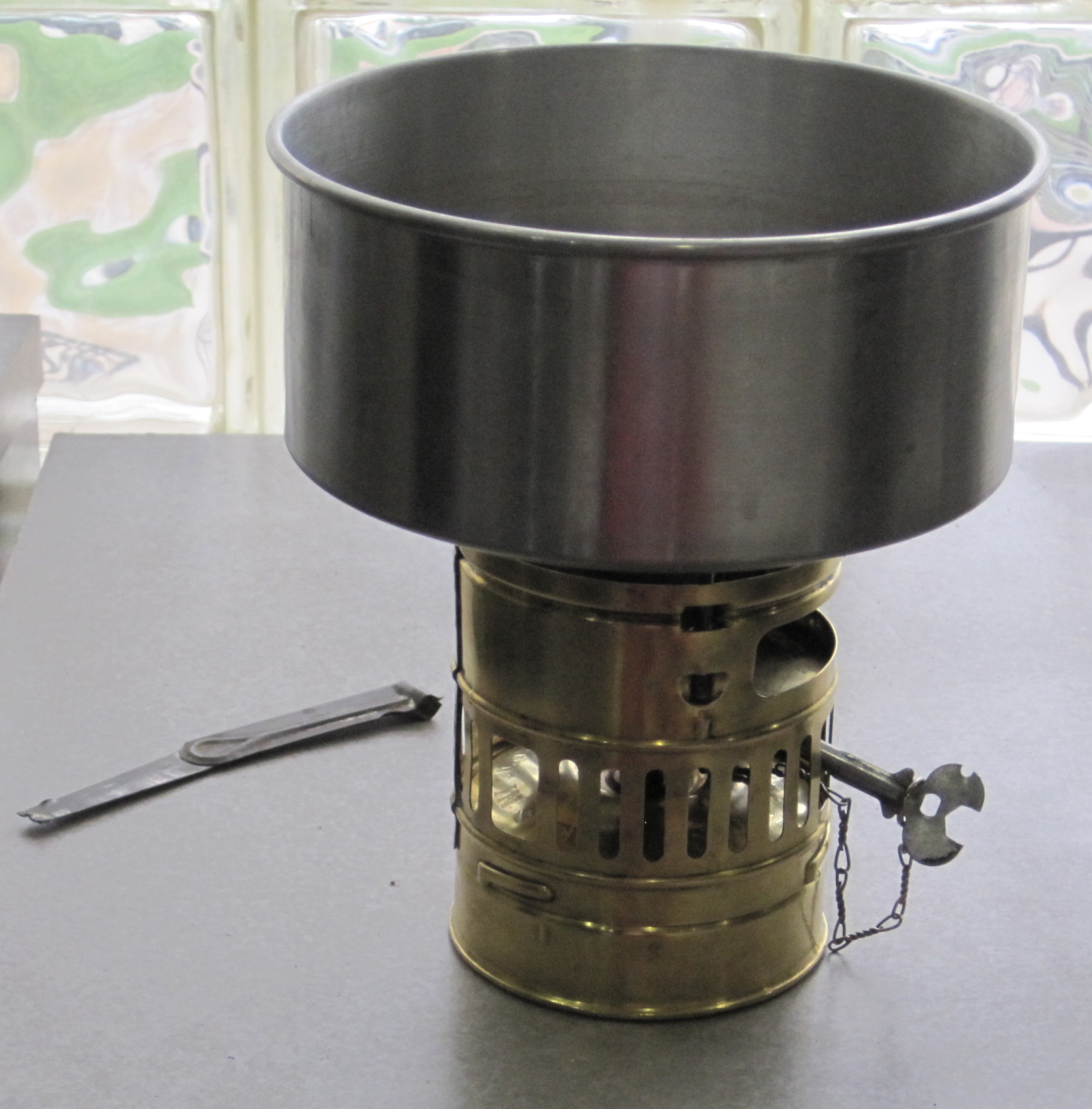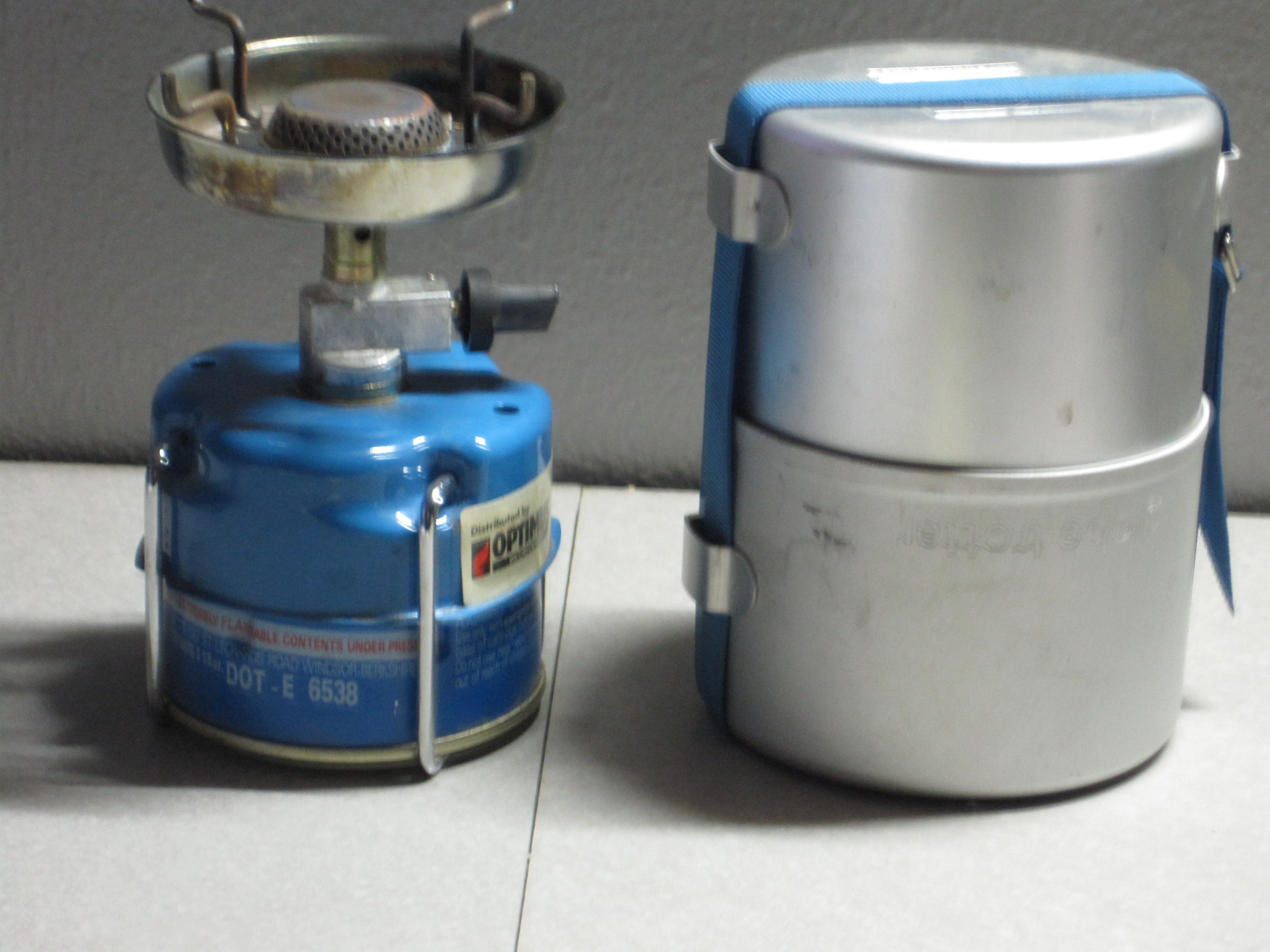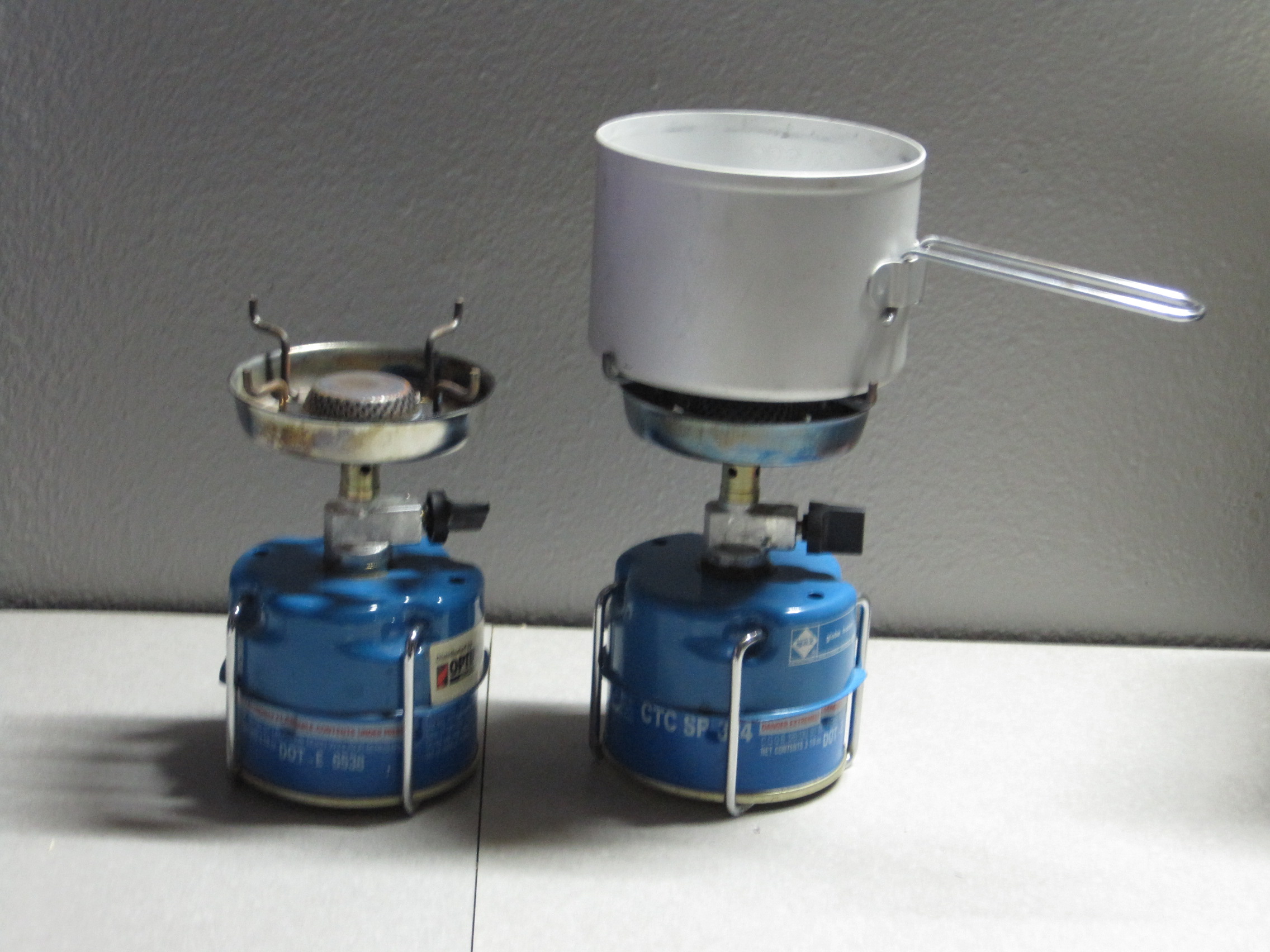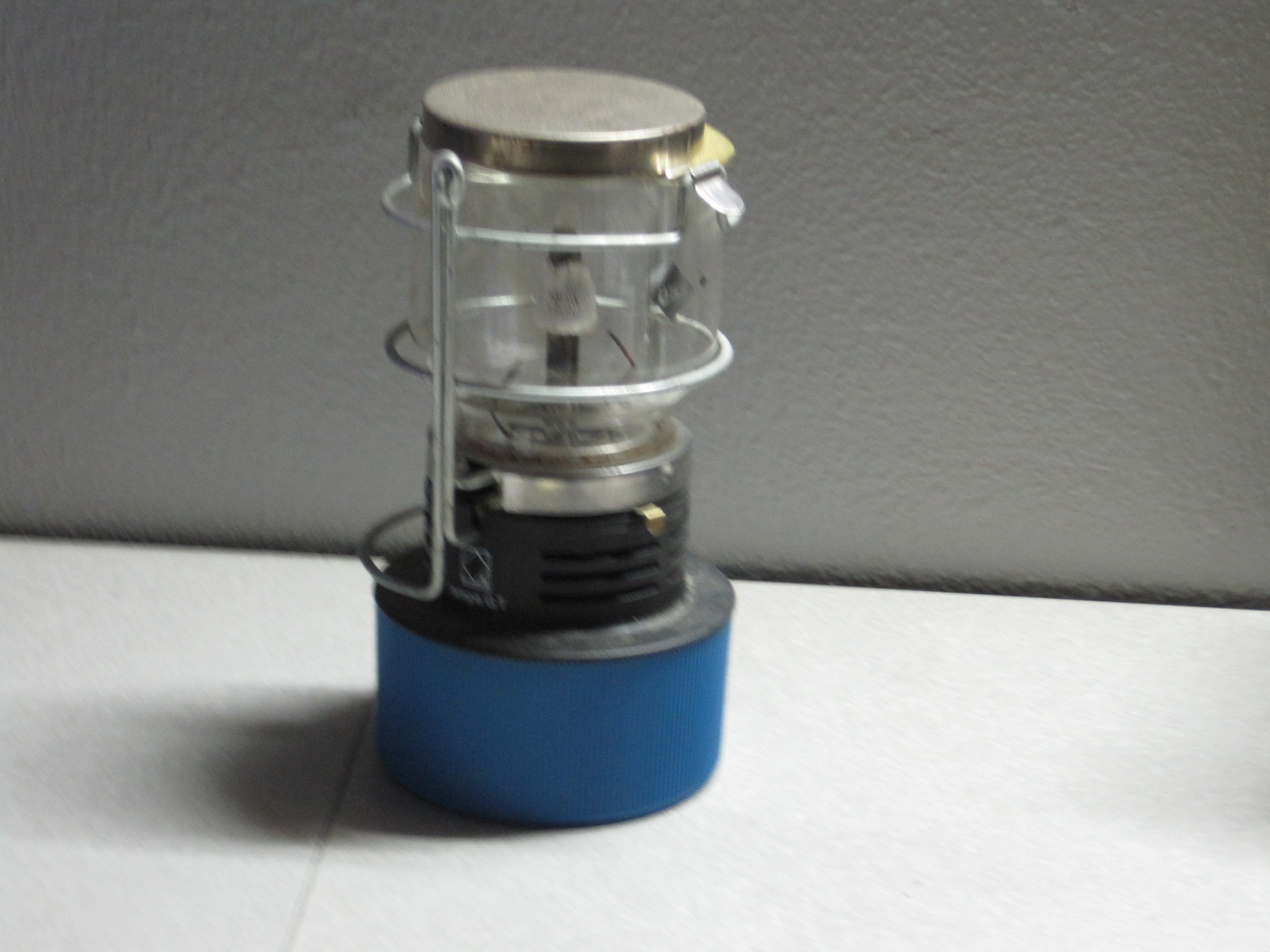There is a perception that in the 60’s and 70’s backpackers carried horrendous loads. That is not truly accurate. Although it was not uncommon for backpackers to carry enough food to last for 10 – 14 days, and that makes for a heavy pack. But there is something to be said about the wilderness experience that limits your exposure to town to just once every two weeks.
If one were to look at base weights “back in the day,” it would not be uncommon to see sub 20 lbs kits, which by today’s definition would be “light weight.”
When I got out of the military in 1971 I went directly to the Sierras for 6 months. I bought some new gear, and also used some military stuff. One of the military items was a canteen stove, mostly because I did not know there was such a thing as a backpacking stove. But most of the time, I just cooked over a campfire.
In 1972 I bought a Svea 123, which pretty much was my main stove for a long time. However, I occasionally brought the canteen stove on some trips. The stove could use Esbit, Trioxane (military fuel similar to Esbit), wood, and even alcohol.
Canteen Stove Kit

Stove, cup, and canteen fit into an insulated nylon cover that could be attached to the hip belt. There is also a little pouch that could store a bottle of iodine tablets, my main purification method until 2009. After about a month I sent the cover home.

Canteen, cup, and stove nest into a single package.
Canteen, cup and stove. The cup holds 20 oz. Normally I would boil 12 – 16 oz. There is not lid, and I used aluminum foil for a lid.
 Canteen cup on stove, which is inverted from the nesting position. Notice the vent holes.
Canteen cup on stove, which is inverted from the nesting position. Notice the vent holes.
 Back side showing cutout that can be used to feed wood twigs for wood burning mode.
Back side showing cutout that can be used to feed wood twigs for wood burning mode.
 My original cup is made from steel. Sometime in the early 70’s the military switched to aluminum cups with a butterfly handle.
My original cup is made from steel. Sometime in the early 70’s the military switched to aluminum cups with a butterfly handle.
 Something like a Succrets or Altoid tin can can be used to place an Esbit tab (the smaller one on the left). If you fill it with dirt or sand, you can then fill it with alcohol to boil water. It burns too quickly without a filler. A Pepsi can is too high to work. If you keep both halves of the tin, you have a small storage unit for multiple use. But this is a nice “off the shelf” system, and you can probably buy a used set-up at a surplus store for under $20, maybe under $10.
Something like a Succrets or Altoid tin can can be used to place an Esbit tab (the smaller one on the left). If you fill it with dirt or sand, you can then fill it with alcohol to boil water. It burns too quickly without a filler. A Pepsi can is too high to work. If you keep both halves of the tin, you have a small storage unit for multiple use. But this is a nice “off the shelf” system, and you can probably buy a used set-up at a surplus store for under $20, maybe under $10.
Here are the weights:
Canteen = 5.5 oz
Stove = 1.75 oz
Steel Cup = 8.38 oz
Aluminum Cup = 8.00 oz
In 1971 I usually used this set-up for breakfast. Since I often had trout for dinner, I brought a military mess kit and spoon. Eventually I sent the top half of the kit home (plate) and then bought a larger pot to cook over fires.
In 1971 I usually used the set-up below for breakfast. Since I often had trout for dinner, I brought a military mess kit and spoon. Eventually I sent the top half of the kit home (plate) and then bought a larger pot to cook over fires.
 One quart aluminum pot and military aluminum mess kit
One quart aluminum pot and military aluminum mess kit
 Pot and lid = 5.75 oz
Pot and lid = 5.75 oz
Fry pan = 8.75 oz
Spoon 1.52 oz
Svea 123
Okay, I have been digging gear out of the rafters, closets and storage buildings to comply with the Boss’s directive of efficient storage. Unfortunately I got side-tracked when I decided to “restore” my two 40+ year old Seva 123s. Actually they didn’t need it, but boil times did improve. All I had ever done was clean the jet on every trip and replace the fuel tank gasket periodically (bad gaskets) and the source of most Svea horror stories. So there was a lot of cleaning and polishing over two weeks. I replaced the wick on one stove and the other is still in great condition. Replaced both cap gaskets and that is all after 40+ years!
In 1972 I bought my first Svea. Then I bought a Hank Roberts canister stove a couple years or so later. The canister stove was okay… it didn’t thrill me. When I saw a Sigg Tourist pot set for a Svea (my friend had one) I decided to get the pot set. My friend had to have the Hank Roberts and offered to trade his Svea and Tourist set for the stove because they could not be easily found at the time. No brainer to me 🙂 I used the Tourist set-up for winter/snow and the other for all other trips. The first Svea was my main stove until about 3 years ago.
 Both Svea stoves packed and ready to go
Both Svea stoves packed and ready to go
The Sigg Tourist set on the left includes a 2.5 and 3.5 quart pot, lid, stove windscreen, and pot holder.
The 123s were first produced in 1955. In 1969 Optimus bought the company and soon replaced the 123 with the 123R, which had a self-cleaning needle included in the design. You can tell the difference because the control shaft points down at approximately 45% angle, also the keys have a cutout on the end to loosen the packing nut on the housing. 123Rs shafts are parallel to the horizontal. People who have used both models say the older ones work better, but I have never used the R series.
 Svea 123 inside the windscreen/pot stand
Svea 123 inside the windscreen/pot stand
 Svea with the 2.5 quart pot. Once the stove is lit and adjusted you want to remove the key as it gets too hot to handle with bare hands.
Svea with the 2.5 quart pot. Once the stove is lit and adjusted you want to remove the key as it gets too hot to handle with bare hands.
 You can also cook with the included cup/pot. I usually drank out of a Sierra cup and cooked with an aluminum pot or pan. Sometimes I would use this in the morning to boil water for instant oatmeal and coffee.
You can also cook with the included cup/pot. I usually drank out of a Sierra cup and cooked with an aluminum pot or pan. Sometimes I would use this in the morning to boil water for instant oatmeal and coffee.
 Svea nested in the Sigg Tourist, which includes windscreen, stove holder, 2.5 qt pot, 3.5 qt pot, and a lid/frying pan.
Svea nested in the Sigg Tourist, which includes windscreen, stove holder, 2.5 qt pot, 3.5 qt pot, and a lid/frying pan.
Stove inside Sigg windscreen and pot holder. The pots are formed to sit securely into the stove holder and you can stack both pots on top of the stove for fancy cooking, which I have no idea how one would do that 🙂
Weights
Svea 123 with windscreen 473g or 16.68oz
Svea 123 with windscreen and cup 554g or 19.54oz
Sigg Tourist Aluminum Cookset with Svea 123 981g or 34.60oz
Optimus 731 Mousetrap
I bought this stove in the late 70’s or early 80’s as part of my never-ending lightening up process. It used 100% liquid feed butane canisters. I really like the stove, although it is easy to tip over. I no longer have any canisters left and cannot find any.
One thing I really liked about this stove was its compactness and easy to store in my pack at 7 1/8″ X 4 3/4″ X 1 5/8″.
Notice that it is leaning slightly to the left. The fuel canister fits inside the wire bail on the left under under the knob. The canister height would then make the stove level, but you can imagine the stability issue. The fuel canisters are no longer available.
Weight of stove is 353g or 11.25 oz.
You can see the piercing need that goes inside the rubber tipped canister. This needle can break if one is not careful, which happened on my first Mousetrap, but I bought another one later.
Gaz 106 Globe Trotter
In 1985 I cut the tip of one of my fingers down to the bone. Since I was an auto mechanic the doctor ordered me to not work for a week. So I went backpacking. This was a rather strenuous trip. For those who are familiar with the San Jacintos, the trip started by going down Palm Canyon from Ribbonwood and then up out of the desert to the Peak and then back to Ribbonwood. The 2nd day I broke the needle in the Mousetrap rendering it useless. So I hiked over to Idyllwild to see if I could get another stove. Nomad Adventures was in business back then (they are still there and in Joshua Tree). The only compact stove they sold was the Globetrotter. The Stove used pierce-able butane canisters, which meant that once pierced you had to leave it in place. The stove with the canister connected will still fit into the included pots/cups. These are fairly large and will hold a Svea 123 with the windscreen and cup. I liked this stove so much, I bought a 2nd one as a spare, since I figured they would be discontinued some day, which they were… along with the small canisters. I still have a few left.
 Stove, canister, pot lifter inside the cup/pots
Stove, canister, pot lifter inside the cup/pots
 The pot supports flip up and the pot sits inside of them, so you really cannot use a larger pot. Notice the built in windscreen, it works pretty good.
The pot supports flip up and the pot sits inside of them, so you really cannot use a larger pot. Notice the built in windscreen, it works pretty good.
Canister removed from stove. You can see the hole in the canister where the stove punctures it. Canister fuel is 100% butane.
Gaz CV106 canisters
Weights
Gaz Globetrotter Stove 298g or 10.51 oz.
Gaz Globetrotter Stove with pots and handle 565g or 19.93oz.
Gaz 106 Globe Trotter Lantern
Not a stove, but designed along with the stove and uses the same CV106 canisters. I really don’t need light at night, but I bought it on a whim. I did use it a lot when camping with my motorcycle.
MSR (Mountain Safety Research) Whisperlite
In the 1980’s I also bought a MSR Whisperlite for more extreme winter conditions and for car camping. I never have been completely thrilled with it, as there is too much “fiddle-factor” and too much required maintenance. But I still have it and it has never let me down. I guess I am so used to the ease of the 123 that I mentally never got over it. Many people complain that the Seva is too difficult to use, but after 40 years of use it is simple to me. But in cold winter snow trips requiring a lot of snow be melted for water, the Whisperlite is a much better stove than the Svea.
One huge problem in the deserts where I hike is wind. The Whisperlite does as well as any stove in wind with the aluminum windscreen. But again, I just never warmed up to the stove.
 Whisperlite inside a Sigg Tourist Cookset
Whisperlite inside a Sigg Tourist Cookset
One of the great advantages of the Whisperlite over the Svea 123 is the use of a pump to pressurize the fuel bottle. The Svea relies on heat from the stove to pressure the integrated fuel tank.
 Above the stove is burning. The yellow top on the bottle is the fuel pump. The stove comes with an aluminum reflector base (shown).
Above the stove is burning. The yellow top on the bottle is the fuel pump. The stove comes with an aluminum reflector base (shown).
 Above is the aluminum windscreen that comes with the stove.
Above is the aluminum windscreen that comes with the stove.
 Stove packed in Sigg Tourist set and Sigg fuel bottle shown.
Stove packed in Sigg Tourist set and Sigg fuel bottle shown.
Gaz TriStar
This is a really cool stove. Remote canister so a windscreen can be used, such as the MSR aluminum screens. Piezo-electric ignition and it can hold a large pot. With a “heavy” Gaz 470 canister I did many two week trips on a single canister. It also was great to use car camping to supplement a Coleman camping stove.
 Gaz Tristar Stove with bag 462g 16.30oz
Gaz Tristar Stove with bag 462g 16.30oz
There is a thin piece of foam in the bag and the instructions, which I still have, say to place the canister in the back when using in snow and not to turn the canister in any position but vertical. I never tried it in snow, due to past experiences with canister stoves, preferring the MSR Whisperlite.
 Gaz Trailstar Stove w/o bag 407g 14.36 oz.
Gaz Trailstar Stove w/o bag 407g 14.36 oz.
Recap
Today I normally use an ultralight alcohol or Esbit stove. I really don’t cook, but just boil water. I will post information about my current stove set-ups at a later date. But my all time favorite stove is still the Svea 123, followed by the Gaz Globe Trotter. The canisters for the Globe Trotter are no longer available, but I still have a few.












